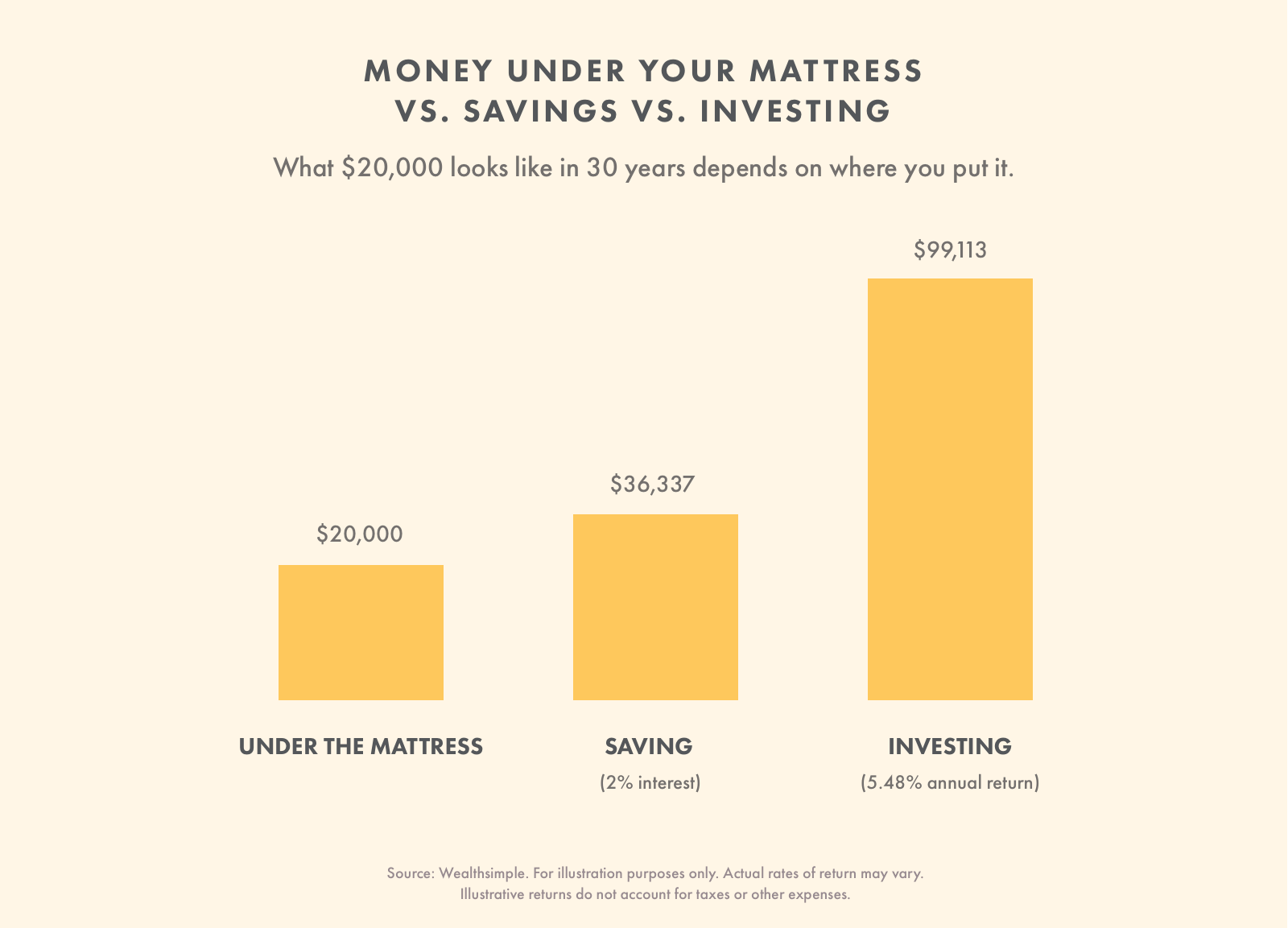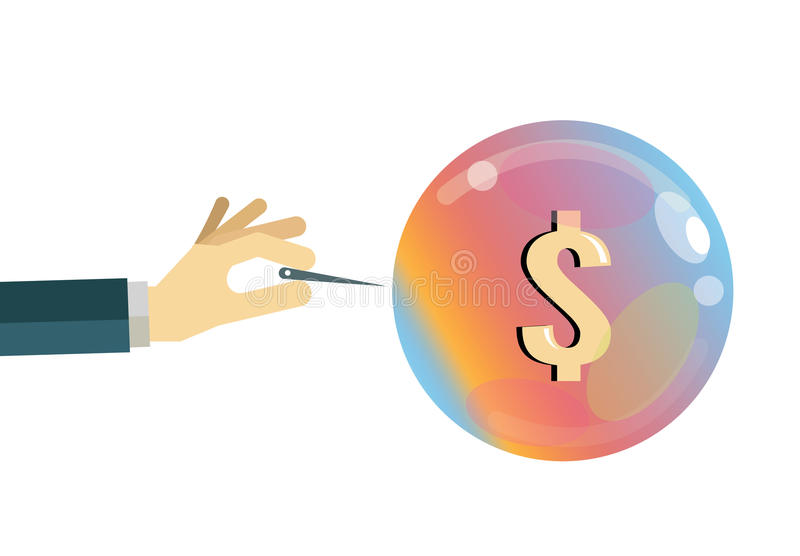
Asset allocation involves diversifying your investments across multiple assets. It is a personal decision. This will depend on your investment goals and time horizon. What amount of risk are you comfortable taking depends on how long it takes to reach your goals and the time you have available. If you plan to retire in a few years, you might be comfortable taking on more risk. You might choose to take less risk if the timeframe is shorter. Regardless of your personal situation, there are many different methods to maximize your investment portfolio.
Diversification
Individual investments can be profitable for a short time, but it may be more beneficial to spread your money over multiple investments, such as bonds and stocks. Asset allocation allows you the flexibility to choose the risk level that is most appropriate for your financial goals. It also provides a reasonable rate in return. You should consider investing in bonds if you are aiming to accumulate large amounts of cash for your short-term financial goals. Stocks may be too volatile for long-term goals so you might need more liquidity.

Risk tolerance
Your risk tolerance and investment goals are key factors in an asset allocation strategy. Risk tolerance describes your ability to take large market falls. This differs from your potential loss tolerance, which is a limit on the amount of money you can afford. A portfolio that consists of 100% stocks may suit you well. You may not like 100% cash because it is volatile. Risk tolerance is a key element in your game plan for building wealth and avoiding financial hardships.
Time horizon
Your asset allocation will be determined by your time horizon. The time frame you choose will influence the type and duration of your investment. While many investors have an aggressive time horizon, this is not the best strategy for long-term planning. It is better to concentrate on long-term goals such as retirement. This will enable you to take on more risk with your investments.
Goals
Your goals can have a significant impact on your asset allocation strategies. You could have several financial goals, such as building a retirement portfolio, buying a home or a yacht, paying for college, or planning to marry. Your risk tolerance and time frame could also influence your goals. A conservative portfolio with lower risks would be your best choice if you want to save capital.

Categories of investment
The three major asset categories have different risk and return characteristics. Cash is considered the safest of all assets but has the lowest rate of return. Cash inflation is a serious risk factor and should be avoided. These are some common cash types. Investing in cash is not recommended by the SEC. However, cash is an important asset that should be part of your portfolio. It is also a great choice for conservative investors.
FAQ
Are bonds tradeable?
Yes, they do! Bonds are traded on exchanges just as shares are. They have been for many, many years.
The main difference between them is that you cannot buy a bond directly from an issuer. A broker must buy them for you.
Because there are less intermediaries, buying bonds is easier. You will need to find someone to purchase your bond if you wish to sell it.
There are different types of bonds available. While some bonds pay interest at regular intervals, others do not.
Some pay interest quarterly while others pay an annual rate. These differences make it possible to compare bonds.
Bonds are very useful when investing money. You would get 0.75% interest annually if you invested PS10,000 in savings. The same amount could be invested in a 10-year government bonds to earn 12.5% interest each year.
If all of these investments were accumulated into a portfolio then the total return over ten year would be higher with the bond investment.
What is the difference in a broker and financial advisor?
Brokers are people who specialize in helping individuals and businesses buy and sell stocks and other forms of securities. They handle all paperwork.
Financial advisors are specialists in personal finance. They use their expertise to help clients plan for retirement, prepare for emergencies, and achieve financial goals.
Banks, insurers and other institutions can employ financial advisors. They may also work as independent professionals for a fee.
It is a good idea to take courses in marketing, accounting and finance if your goal is to make a career out of the financial services industry. You'll also need to know about the different types of investments available.
What is the purpose of the Securities and Exchange Commission
SEC regulates brokerage-dealers, securities exchanges, investment firms, and any other entities involved with the distribution of securities. It enforces federal securities regulations.
What is a mutual funds?
Mutual funds are pools that hold money and invest in securities. They offer diversification by allowing all types and investments to be included in the pool. This reduces the risk.
Managers who oversee mutual funds' investment decisions are professionals. Some funds offer investors the ability to manage their own portfolios.
Most people choose mutual funds over individual stocks because they are easier to understand and less risky.
What's the difference among marketable and unmarketable securities, exactly?
The key differences between the two are that non-marketable security have lower liquidity, lower trading volumes and higher transaction fees. Marketable securities, on the other hand, are traded on exchanges and therefore have greater liquidity and trading volume. They also offer better price discovery mechanisms as they trade at all times. But, this is not the only exception. For instance, mutual funds may not be traded on public markets because they are only accessible to institutional investors.
Non-marketable securities tend to be riskier than marketable ones. They usually have lower yields and require larger initial capital deposits. Marketable securities tend to be safer and easier than non-marketable securities.
For example, a bond issued by a large corporation has a much higher chance of repaying than a bond issued by a small business. The reason for this is that the former might have a strong balance, while those issued by smaller businesses may not.
Because they are able to earn greater portfolio returns, investment firms prefer to hold marketable security.
Statistics
- Ratchet down that 10% if you don't yet have a healthy emergency fund and 10% to 15% of your income funneled into a retirement savings account. (nerdwallet.com)
- The S&P 500 has grown about 10.5% per year since its establishment in the 1920s. (investopedia.com)
- Even if you find talent for trading stocks, allocating more than 10% of your portfolio to an individual stock can expose your savings to too much volatility. (nerdwallet.com)
- Individuals with very limited financial experience are either terrified by horror stories of average investors losing 50% of their portfolio value or are beguiled by "hot tips" that bear the promise of huge rewards but seldom pay off. (investopedia.com)
External Links
How To
How to Trade in Stock Market
Stock trading involves the purchase and sale of stocks, bonds, commodities or currencies as well as derivatives. Trading is a French word that means "buys and sells". Traders trade securities to make money. They do this by buying and selling them. This type of investment is the oldest.
There are many options for investing in the stock market. There are three basic types: active, passive and hybrid. Passive investors watch their investments grow, while actively traded investors look for winning companies to make a profit. Hybrid investor combine these two approaches.
Passive investing involves index funds that track broad indicators such as the Dow Jones Industrial Average and S&P 500. This type of investing is very popular as it allows you the opportunity to reap the benefits and not have to worry about the risks. You can just relax and let your investments do the work.
Active investing is the act of picking companies to invest in and then analyzing their performance. Active investors will look at things such as earnings growth, return on equity, debt ratios, P/E ratio, cash flow, book value, dividend payout, management team, share price history, etc. They then decide whether they will buy shares or not. If they feel the company is undervalued they will purchase shares in the hope that the price rises. If they feel the company is undervalued, they'll wait for the price to drop before buying stock.
Hybrid investments combine elements of both passive as active investing. For example, you might want to choose a fund that tracks many stocks, but you also want to choose several companies yourself. You would then put a portion of your portfolio in a passively managed fund, and another part in a group of actively managed funds.